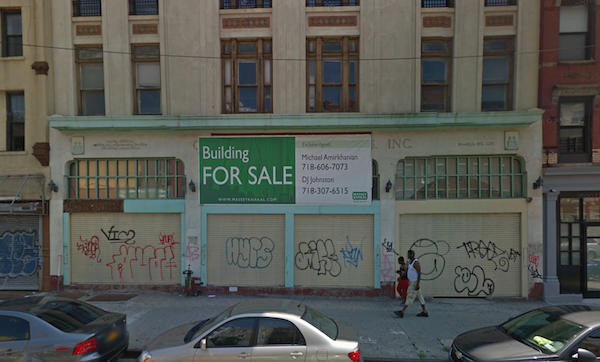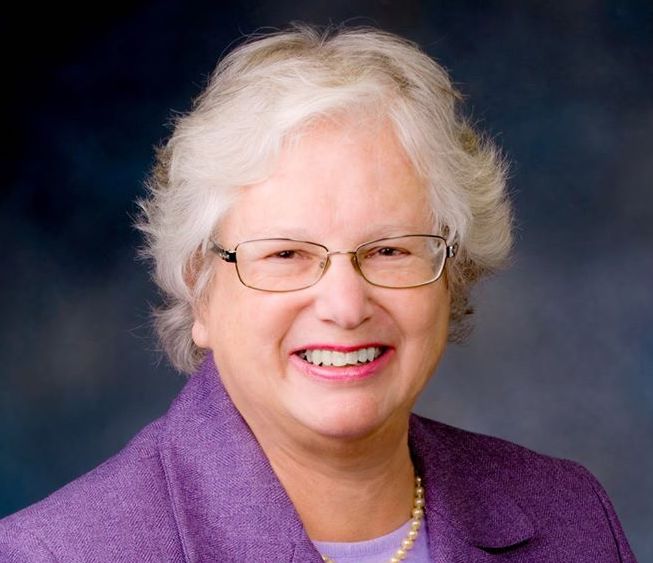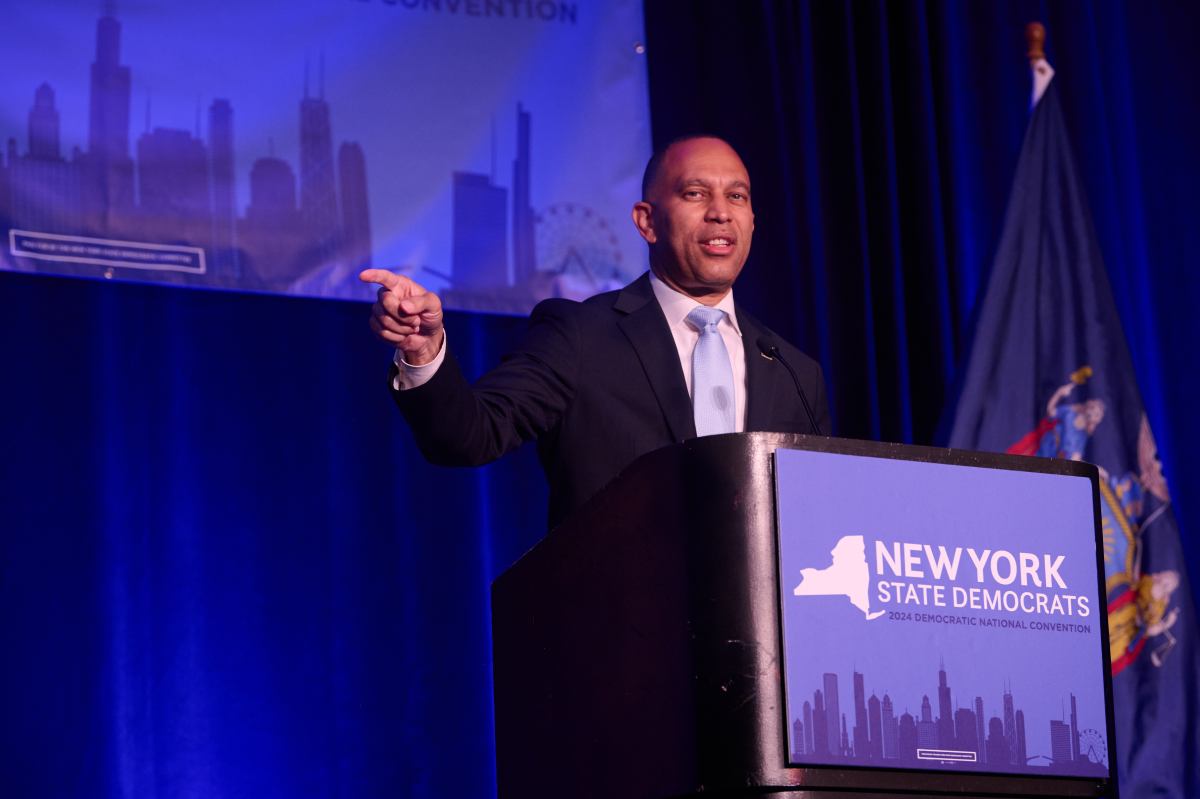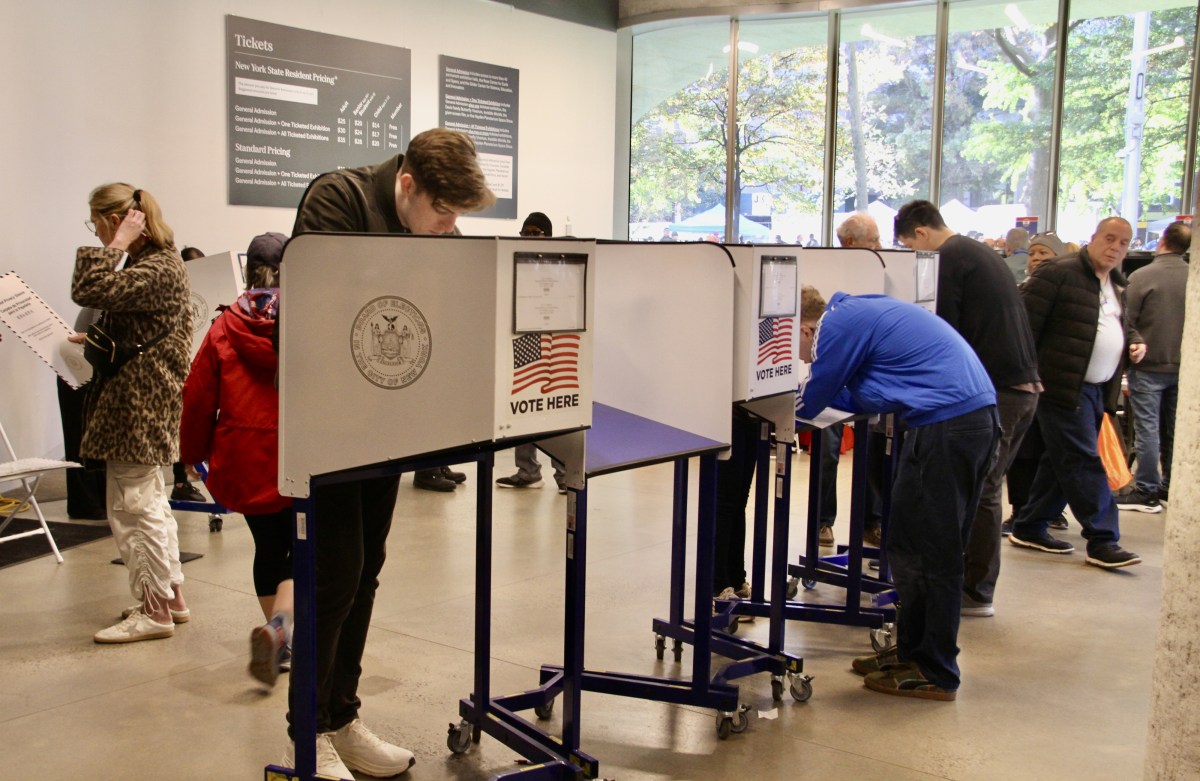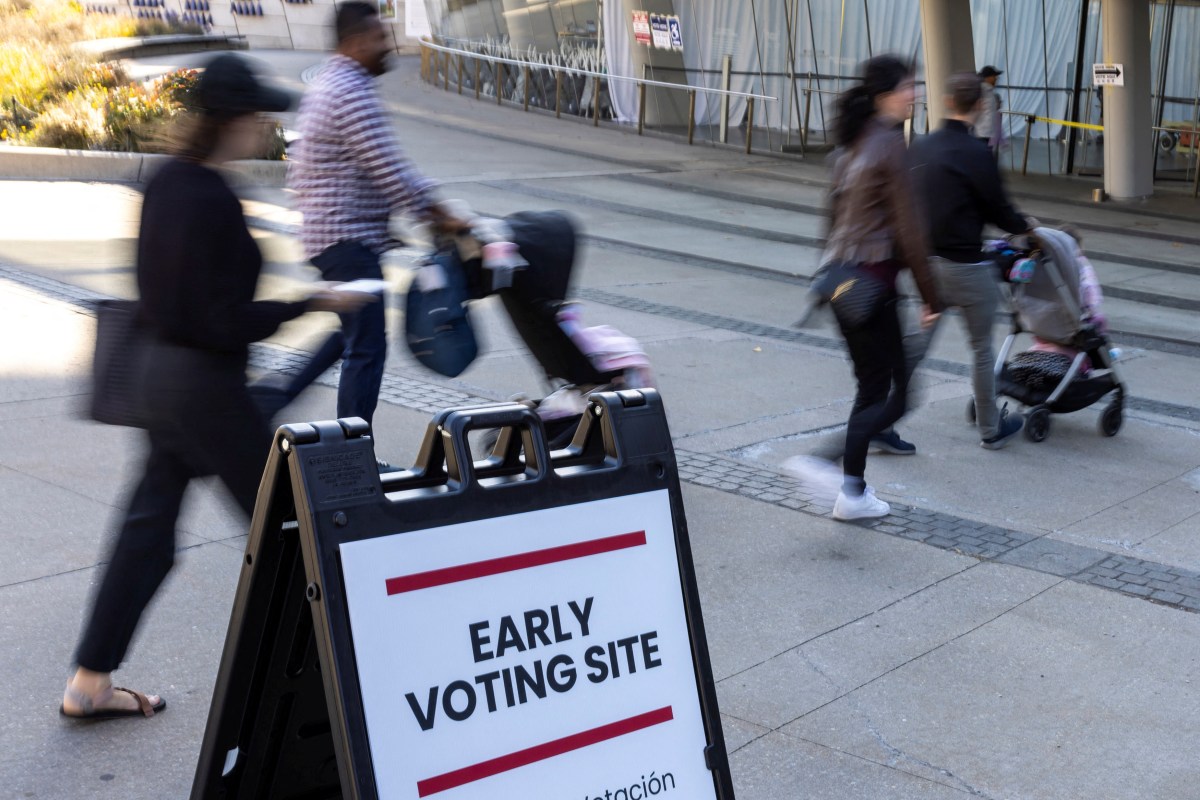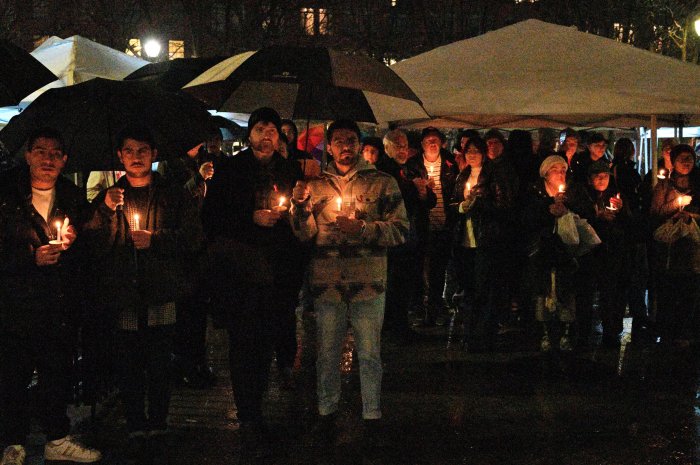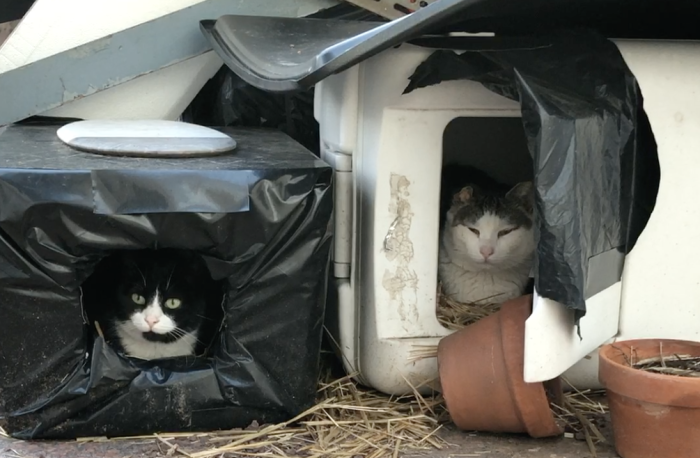The City’s Department of Homeless Services, which has been piling on homeless shelter after homeless shelter in Bedford-Stuyvesant – 14 in all – over the years, received a piling on itself last night when resident after resident told DHS officials that it can’t take another one – this time a proposed drop-in shelter on a leafy residential block just off the heart of the neighborhood’s business district.
“This is not a discussion about Bed-Stuy being not caring or being insensitive. It’s about other communities in Brooklyn sharing the burden,” said one resident. “If this were Park Slope instead of Dark Slope, this would be a different story.”
That was the tone as an overflow crowd of Bed-Stuy residents, and elected officials packed the community room at Restoration Plaza, 1368 Fulton Street, to give an earful to DHS and City officials, who held a ‘listening session” on neighborhood concerns regarding the proposed shelter.
Under the proposal, the non-profit organization Breaking Ground would run the homeless transitional residence and drop-in center at 1217 Bedford Avenue and Halsey Street. If approved, the site will hold 30 beds for transitional residence and a drop-in center capacity for 75 homeless adults.
Drop-in centers provide an alternative to traditional shelters for street homeless individuals, and offer temporary respite where individuals can shower, eat a meal, see a doctor and rest. Case management and housing placement services are also available for clients at the centers.
The centers are typically placed in areas where homeless are known to congregate, and as there are already 13 homeless shelters in Bed-Stuy’s Community Board 3 jurisdiction, the City seeks out areas of high homeless saturation for the centers.
Resident after resident noted that the siting of the shelter, which would be located in the old Concord Services building, is adjacent to a playground attached to PS 3, and a block away from the Franklin Avenue Public Library.
Residents such as Marc Faissal, who lives near the site, worried that the drop-in center would bring people with substance abuse problems and possible pedophiles in a neighborhood with many children.
Michael Lambert, executive director for the Bedford-Stuyvesant Gateway BID (Business Improvement District), noted that just last year officials from Breaking Ground and DHS did a survey of the area siting of a drop-in center.
Putting the drop-in center might create a homeless problem where there never was one, Lambert said.
Community Board 3 District Manager Henry Butler, who expressed strong opposition to the drop-in center, noted that the Good Samaritan Homeless Shelter for emotionally disturbed homeless men on Myrtle Avenue between Throop Avenue and Marcus Garvey Boulevard has caused a number of continuing problems in the neighborhood.
These problems includes fights with neighbors in NYCHA’s Sumner Houses after the homeless men living in the shelter allegedly began bothering women and children living in the NYCHA development.
Additionally, Butler noted many of the recent rash of K2 overdoses in the area came from residents of the Good Samaritan shelter. When Bulter noted the problems at this shelter, many residents in the crowd hooted and clapped in agreement.
But the main issue with residents was that putting yet another shelter in Bed-Stuy goes directly against the city charter that states all neighborhoods would share in the burden of remedying the social ills of society on an equal basis.
“This isn’t Maspeth (Queens) or Park Slope where there are no shelters. This is Bed-Stuy and we already have 14,” said one resident. “How many shelters does Cobble Hill have? How many does Park Slope and Dyker Heights have?”
DHS Representative Matt Borden, who was at the meeting, said he didn’t know how many shelters these other communities had, but did note that the meeting was to listen to community concerns and no final decision on the drop-in center has been made yet.


